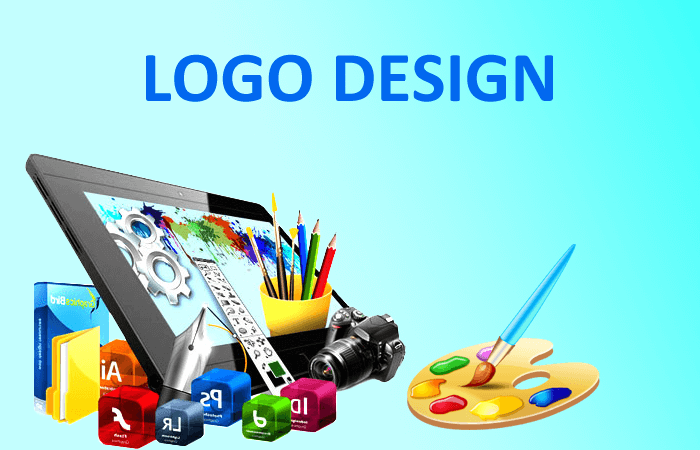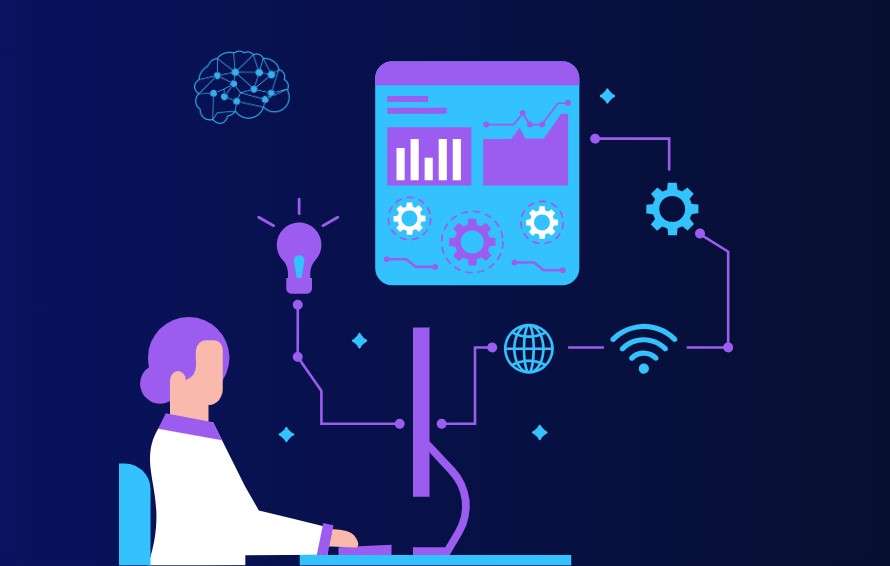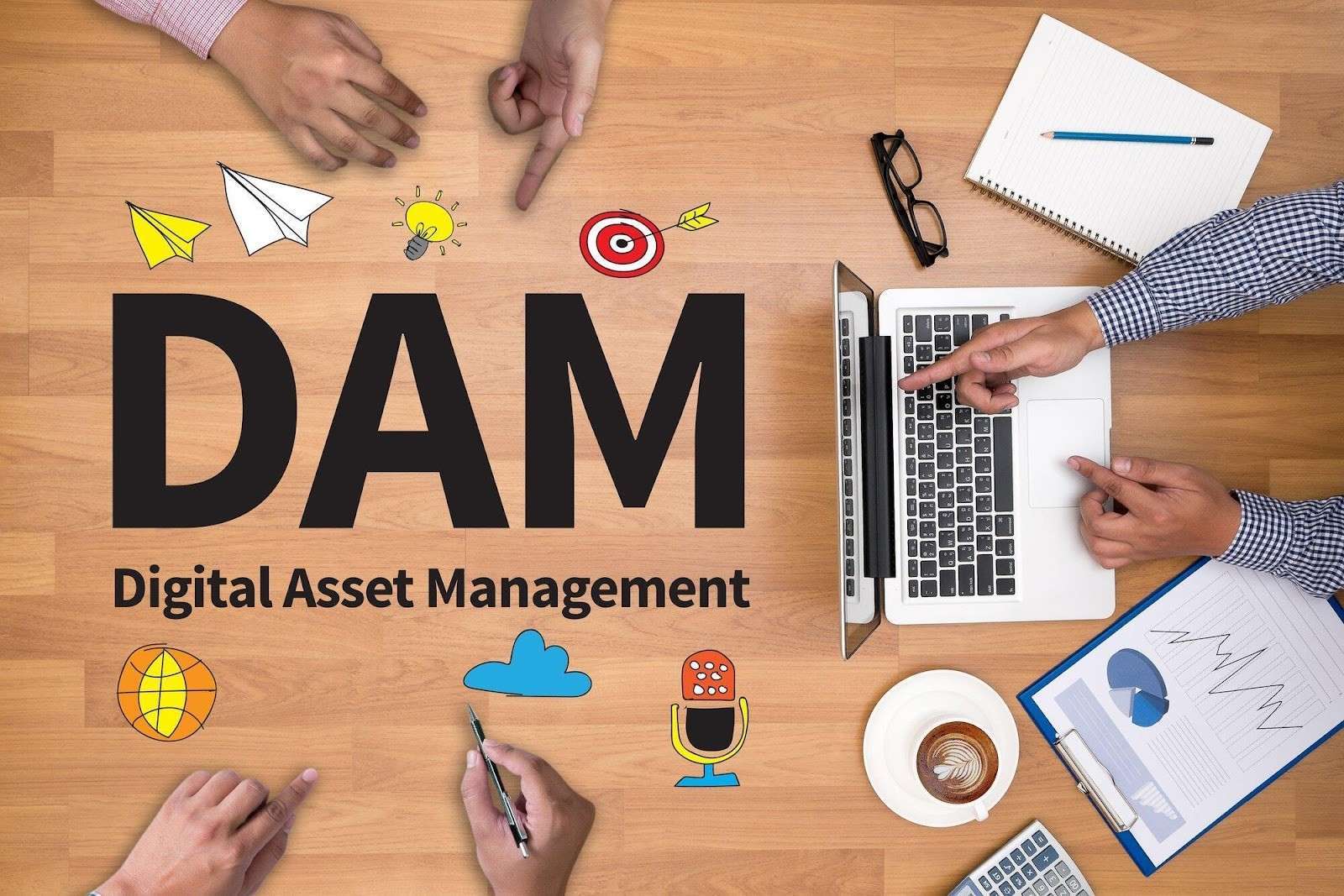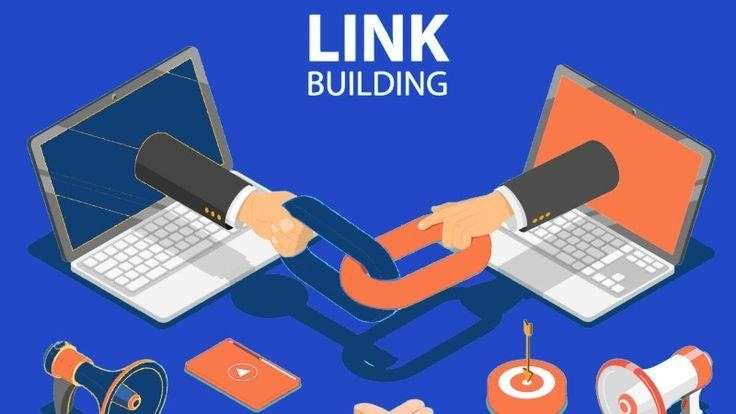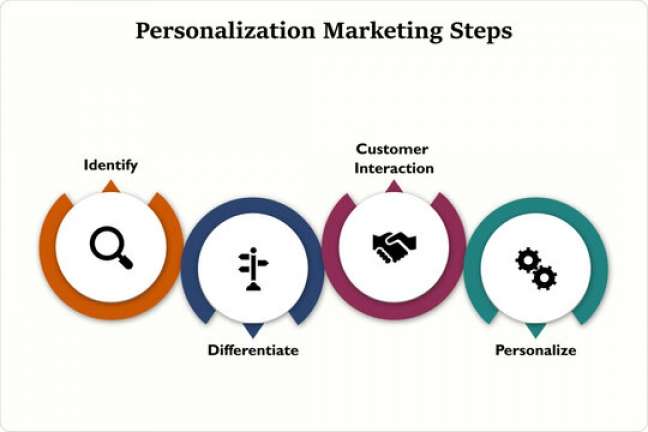These days, pretty much every type of business needs to be online. It has been this way for the past decade. Nevertheless, traffic is the lifeblood of any successful business website. However, many business owners are still unaware of how to bring relevant traffic to their site and use it correctly. This post will discuss some of the best ways to get not just traffic but relevant traffic that will convert and end up making sales.
Traffic Vs. Relevant Traffic
Before getting into the finer details of traffic generation, you should understand the difference between traffic and relevant traffic. Website traffic is an essential metric for businesses and organizations that need to know how many people visit their website. It also provides insights into the potential reach of a company, as it can forecast how many people might be interested in their products and services. However, untargeted traffic will get you nowhere and could potentially cost you money in hosting costs.
There are different types of website traffic based on which source they come from. Organic search engine traffic comes from searches on Google or other search engines without any form of paid marketing. Paid search engine traffic is obtained when you purchase ads via various platforms for your product or service. In general, paid and organic marketing are considered the best ways to target the type of customer you want and who will ultimately purchase your product or service. Therefore, it is essential to choose traffic generation methods that will yield tangible results. Yet, it’s not always easy to generate traffic, so how can you achieve this?
Organic Traffic Via Search Engine Optimization (SEO)
Obtaining visitors from search results, also known as organic traffic, is the first method. While most people think that Google is the only place to search, you should also target other search engines like Bing. Fortunately, much of the process is the same across search engines.
Search engine optimization is a process of modifying your site’s content, design, and other factors to increase your rankings in the search engines. The goal of SEO is to increase the number of visitors from search engine queries that are relevant to your business. However, unless you are already experienced in SEO, getting your site ready to target search engine visitors can be daunting.
A good option for those merely looking to get traffic to their website without spending their entire day analyzing it is to hire a digital marketing agency. These are SEO professionals who understand the ins and outs of what is needed to get your site to rank. And once you are “ranked” highly in the search results, you will receive an influx of highly targeted and valuable customers at the beginning of their buying process. All you need to do after that is to convince them how great your product is to “tip them over the edge,” so to speak!
Another option that you can do, if you want to get a bit technical, is to use a digital marketing research tool. There are numerous tools available online, but the general gist behind them is that they allow you to analyze your website and offer you a wide range of information, from technical data, improvement suggestions and page analysis to completely new ideas and approaches you could try. If you’re more of a hands-on type of person, you could give this option a try. Judging by this SEMRush review, this kind of tool can give you a full overview of your website and offer different ways to improve it. Another good side of it is that it gives you insight into your competitors and the strategies they employ
Nevertheless, SEO is an ongoing process that requires constant attention. In this regard, even if you hire professionals, you should understand what goes into it. There are four main categories that you will need to know if you want to succeed with SEO:
- On-Page
- Technical
- Off-Page
- Local
On-Page
It is a phrase that means optimizing a web page to rank higher in the search engine result pages for a specific keyword or keyphrase. On-page SEO is about optimizing your website’s content and structure to rank higher in search engines. For example, if you own a bike store, then it might be helpful for you to rank higher for searches like “buy bike” or “bike reviews.” However, there is more to it than that, as you will find out in the local category.
Technical
Technical SEO is the process by which you “fine-tune” your website to make it search engine friendly. It involves digging deep into the site to determine what needs to be done to have a site rank higher. It often involves many technical changes that can add up to significant results and includes making your site:
- Faster
- Easily navigable
- Have a well laid out structure
Off-Page
This typically revolves around building backlinks and general website promotion. It can involve social media, reaching out to influencers, or simply asking other relevant websites to link to yours.
Local
Local SEO is a subset of SEO used to help websites rank in search engines when the searcher is in a specific geographic location. Using the bike example, you would optimize your website to appear in searches like “mountain bike shops in Los Angeles,” etc. Google, for example, has local listing ads and Google Maps, which are designed specifically for people who are searching near their physical location. While some businesses have been successful with purely organic techniques, others have had more success by combining it with paid advertising on Google Maps and Google Search Ads.
Paid Traffic
Paid traffic is not about paying people to visit your site but instead buying ads that target your specific audience with a copy that convinces them to visit your site and subsequently spend money. There are three main methods that people use to achieve highly targeted advertising:
Google AdWords
Google AdWords is the largest and most widely used search advertising platform. It is a pay-per-click (PPC) advertising platform that enables advertisers to display ads on Google.com or any of Google’s many partner sites. It uses keywords, phrases, or combinations of those words to target potential customers looking for information about a product or service.
Bing Ads
Bing Ads offers a lot of features for advertisers to help them reach their audiences. It helps to find the audience with the most potential, create an audience with desired characteristics, or get potential customers with specific interests.
Facebook Advertising
Advertising on Facebook is a way for advertisers to sponsor posts. It allows you to promote products, services, causes, and other social content to a specific audience or customer segment. The company provides the users with necessary features such as creating an ad set and designing an advert. The advertisement is then published on any or all Facebook-owned platforms (Facebook, Instagram, Messenger) distributed among its user-base.
When it comes to growing your website and gaining valuable visitors, you have many options. You can choose purely SEO or advertising, or a mixture of the two (recommended). You can even hire specialists who can do all of these tasks for you so that you can concentrate on running your business and dealing with the inevitable deluge of customers!









